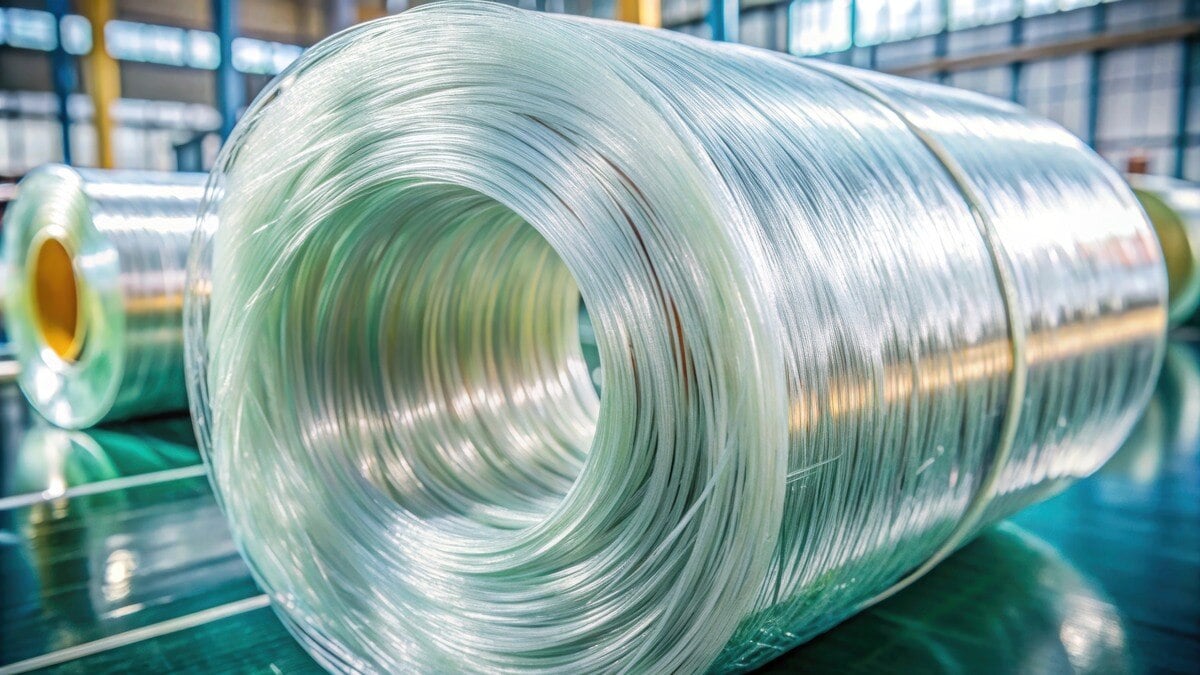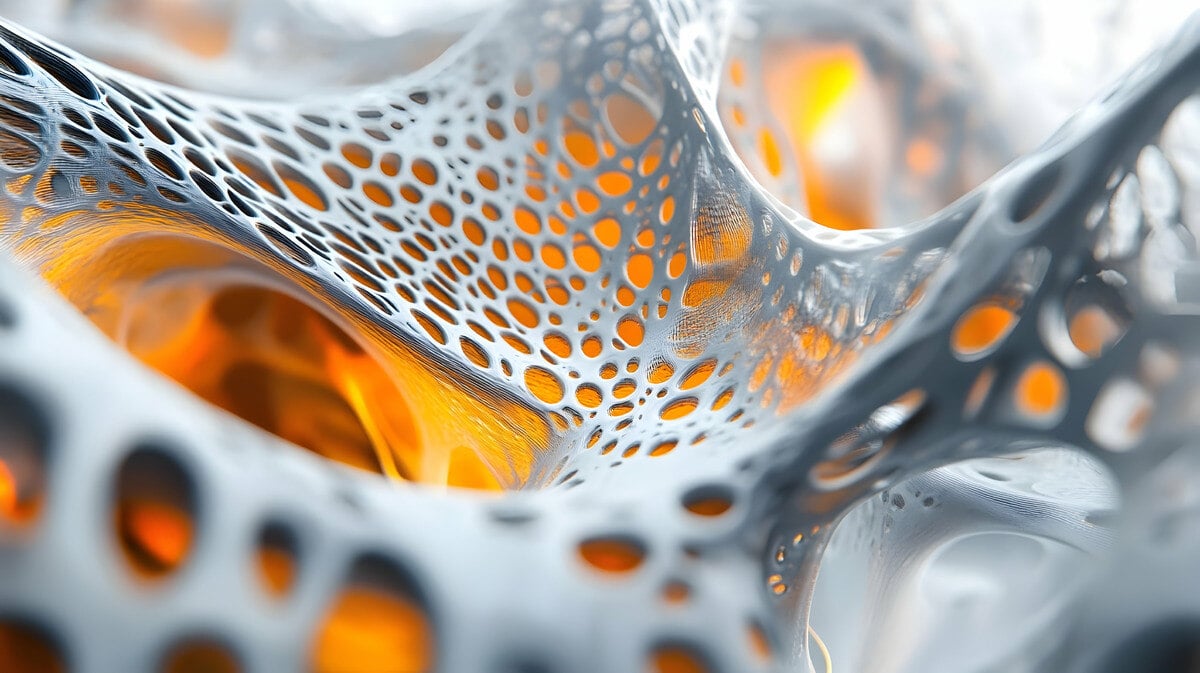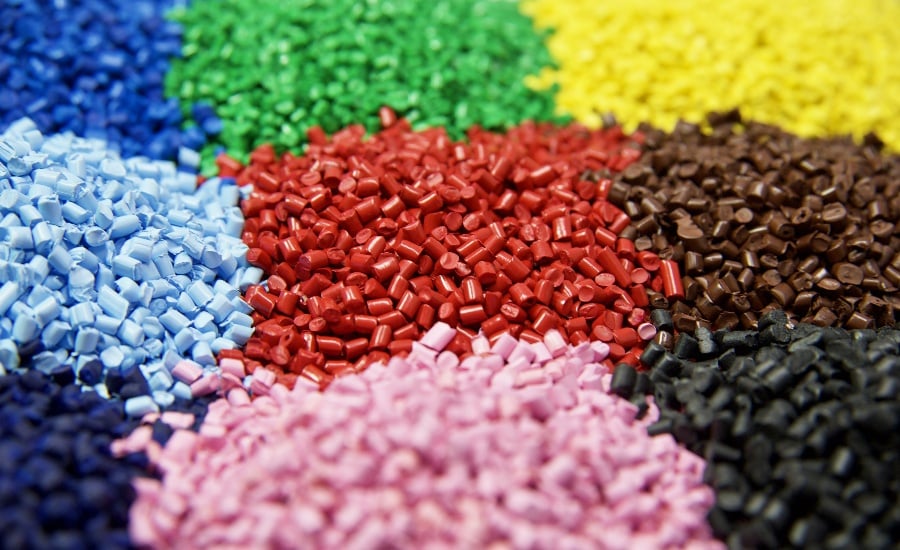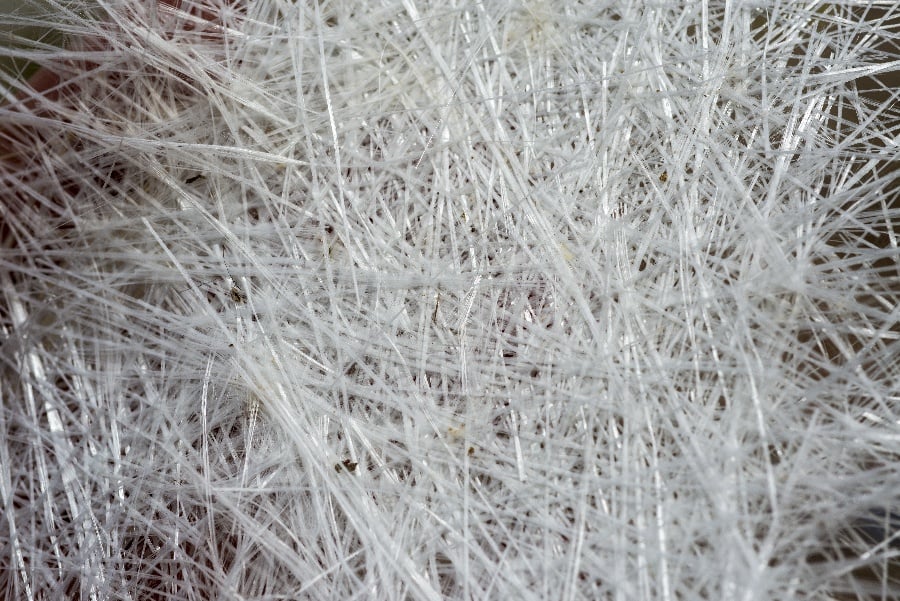
Fiberglass pultrusion might sound like a complex industrial term, but at its core, it’s a beautifully simple process transforming raw materials into some of the strongest, lightest composites known to engineering. Used in everything from bridge supports to wind turbine blades, pultruded fiberglass owes its remarkable properties to the synergy between two key players: continuous fibers and resin. Let’s peel back the layers of this manufacturing marvel and explore the science that makes it work.
What is Pultrusion, Anyway?
Pultrusion is a continuous manufacturing process that produces fiberglass-reinforced polymer (FRP) profiles with consistent cross-sections—like rods, beams, or tubes. Unlike traditional methods that mold or cast materials into shape, pultrusion pulls them into existence. The name itself is a clue: “pul” for pulling, and “trusion” nodding to the extrusion-like shaping. But the real magic happens when fibers and resin come together under heat and tension.
Imagine a conveyor belt of science: long strands of glass fibers are pulled through a bath of liquid resin, then guided into a heated die where they solidify into a rigid, finished product. The result? A composite that’s stronger than steel by weight, resistant to corrosion, and incredibly versatile. But how do these two humble ingredients—fibers and resin—create something so unbreakable?
The Power of Fibers: The Backbone of Strength
The fibers in pultrusion are typically glass (though carbon or aramid fibers can also be used), and they’re the muscle of the operation. These continuous strands, often bundled into rovings or mats, provide the tensile strength—the ability to resist pulling forces. Think of them as the steel cables in a suspension bridge, but microscopic and woven into a lightweight matrix.
Glass fibers are made by melting silica and other minerals, then drawing them into thin, hair-like strands. These strands are incredibly strong individually, but in pultrusion, they’re aligned in parallel, maximizing their collective power. The continuous nature of the fibers is key: unlike chopped fibers in other composites, these unbroken strands run the entire length of the profile, distributing loads evenly and preventing weak points. It’s like reinforcing a rope with thousands of tiny, unbreakable threads.
Resin: The Glue That Binds
If fibers are the muscle, resin is the glue—and a whole lot more. Typically a thermosetting polymer like polyester, vinyl ester, or epoxy, the resin starts as a liquid that coats and surrounds the fibers as they pass through the bath. When heated in the die, it undergoes a chemical reaction called curing, hardening into a solid that locks the fibers in place.
But resin isn’t just a passive binder. It protects the fibers from environmental damage—like moisture or UV rays—and transfers stress between them, ensuring the composite acts as a unified whole. The choice of resin can tweak the final product’s properties: polyester is cost-effective and versatile, vinyl ester resists corrosion, and epoxy offers top-tier strength and heat resistance, as well as other specialty and hybrid resins to maximize some properties. It’s this adaptability that lets pultrusion meet the needs of diverse industries.
The Dance of Heat and Tension
The pultrusion process is a carefully choreographed dance. As the resin-soaked fibers are pulled into the die, heat triggers the curing process, transforming the sticky mess into a solid shape. The die itself is precision-engineered to form the exact profile—whether it’s a simple rod or a complex I-beam. Meanwhile, the pulling mechanism keeps the fibers taut, ensuring they stay aligned and the composite achieves maximum strength.
This continuous pulling is what sets pultrusion apart from other methods like extrusion, where material is pushed through a die. The pull creates tension that enhances the fiber-resin bond, squeezing out excess resin and eliminating voids. The result is a dense, uniform material with a smooth finish, ready to take on the world.
Why It’s Unbreakable
The secret to pultruded fiberglass’s strength lies in this partnership. Fibers alone are strong but brittle; resin alone is tough but lacks rigidity. Together, they’re greater than the sum of their parts. The fibers handle tensile loads while the resin distributes forces and protects against shear or compression. This synergy produces a composite with a strength-to-weight ratio that rivals metals but without the rust or heft.
For example, a pultruded fiberglass beam can support immense loads while weighing a fraction of its steel counterpart. It’s why you’ll find these composites in harsh environments—think coastal railings that shrug off saltwater or ladder rails that endure years of heavy use. The science of pultrusion turns two ordinary materials into an extraordinary solution.
A Process Built for the Future
The beauty of pultrusion isn’t just in its strength—it’s in its efficiency. The continuous process churns out profiles at a steady pace, with minimal waste and consistent quality. And as industries demand lighter, tougher, and more sustainable materials, pultrusion’s ability to deliver keeps it at the forefront of innovation.
So, the next time you cross a fiberglass-reinforced bridge or admire a sleek wind turbine, think about its science: a perfect union of fibers and resin pulled into shape by human ingenuity. That’s the unbreakable legacy of pultrusion—a process where simplicity meets strength, one continuous strand at a time.














